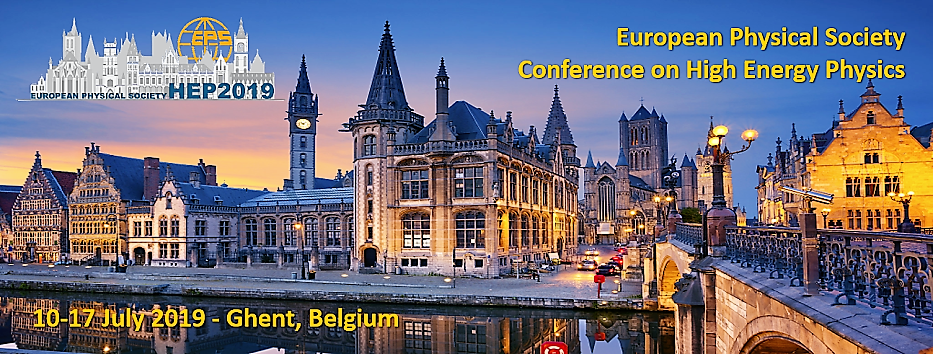Speaker
Description
The CMS experiment implements a sophisticated two-level triggering system composed of the Level-1, instrumented by custom-design hardware boards, and the High Level Trigger, a streamlined version of the offline reconstruction software running on a computer farm (more than 30k CPU cores). In 2017, the LHC delivered proton-proton collisions at a centre-of-mass energy of 13 TeV with a peak instantaneous luminosity larger than $2 \cdot 10^{34} cm^{-2}s^{-1}$, more than twice the peak luminosity reached during Run1 and far larger than the design value. The CMS Level-1 trigger was upgraded during the end-of-the year technical stop between 2015 and 2016, to improve its performance at high luminosity and large number of simultaneous inelastic collisions per crossing (pile-up). All the electronic boards have been replaced and the upgraded electronics tested and commissioned with data. Smarter, more sophisticated, and innovative algorithms are now the core of the first decision layer of CMS: the upgraded trigger system implements pattern recognition and MVA (Boosted Decision Tree) regression techniques in the trigger boards for $\text{p}_{\text{T}}$ assignment, pile-up subtraction, and isolation requirements for electrons and tau leptons. In addition, the new global trigger is capable of evaluating complex selection algorithms such as those involving the invariant mass of trigger objects. The High Level Trigger features a trade-off between the offline complexity of the algorithms and the available computing power, and between the selection efficiency the maximum sustainable output rate. The trigger selections used in Run-2 will be presented, ranging from simpler single-object selections to more sophisticated algorithms combining different objects and applying analysis-level reconstruction and selection. This presentation will cover the design and performance of the Phase I trigger and how it influences the path towards the Phase II upgrade necessary for the LHC run at a center-of mass energy of 14 TeV with luminosity of $5-7 \cdot 10^{34} cm^{-2}s^{-1}$, corresponding to 140--200 pile-up events. The addition of the tracker information at Level-1 and the enhanced computing resources at HLT will maintain the trigger efficiency at a similar level as the present one.
